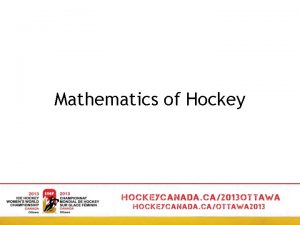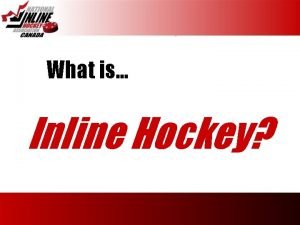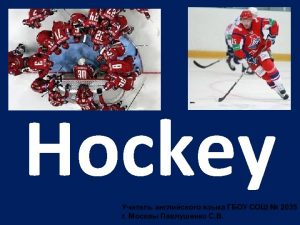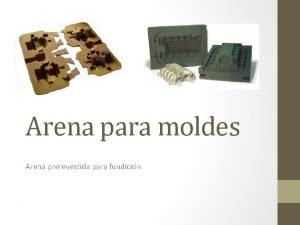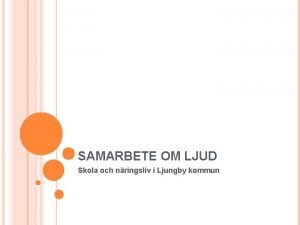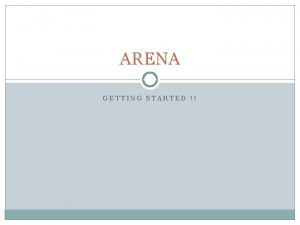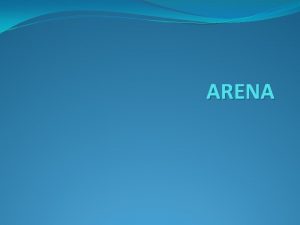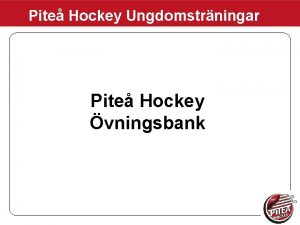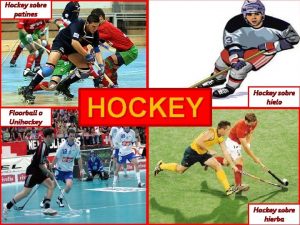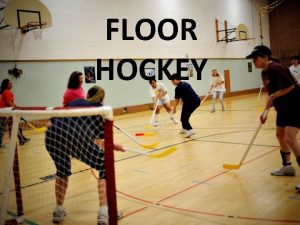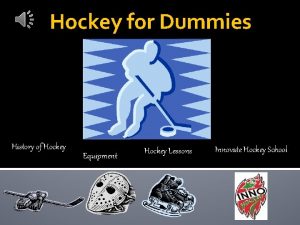Mathematics of Hockey The Arena The dimensions of











- Slides: 11

Mathematics of Hockey

The Arena • The dimensions of the modern day ice surface are believed to originate from the Victoria Skating rink of Montreal, built in 1862. • Curved corners are thought to originate from the Montreal Arena design built in 1898.

Dimensions 61 meters 31 meters Though 2 standard sizes exist (NHL and International), generally the ice surface measures 61 m by 31 m. The rounded corners have a radius of 8. 9 m.

Exploring area 1) On your own graph paper, sketch 3 rectangles of different sizes. The area represents how many “squares” are inside the rectangle. 2) On your own graph paper sketch 3 right angled triangles of any size. Estimate the area by counting the number of squares (and pieces of squares).

Surface area The “area” represents the surface (paintable area) of a shape/object. How would you calculate the area of the following shapes? (explore)

Formulas Using the formula for area of a rectangle ( L x W ) calculate the surface area of ice in a hockey rink (do you remember the dimensions ? )

Dimensions 61 meters 31 meters We could say the area equals 61 x 31, or 1891 m squared BUT, that would include the area of the corners (which we can’t include) Hmmmm?

Area of a Circle Use the circle area formula to calculate the area of the following circles. Circle Diameter Circle radius 12 m 3 m 8 m 8. 9 m Area of Circle

The problem of the rounded corners The corners contain a circle of radius 8. 9 m, and a square of dimensions 17. 8 m x 17. 8 m. What is the difference in area between the circle and the square?

Solution to rounded corners The area of a circle of Radius 8. 9 is 248. 7 m squared The area of the square of 17. 8 (the diameter of the circle) Is 316. 84 m sq. The difference (316. 84 – 248. 7) is 68. 14. This value represents the visible blue area of the diagram. What is the area of each of the 4 blue corners? How can we use the value of the difference of areas to calculate the exact value of the ice surface?

HOW MUCH WATER? ? ? The surface area of the ice is calculated as (61 x 31) – 68. 14 = 1822. 86 m^2 The typical thickness of the ice in a hockey arena is 0. 2 meters. If we multiply the area of ice by the thickness of ice we can calculate the Volume of water needed to create the ice. Calculate the volume of water (ice). A typical bathtub can hold 0. 8 cubic meters of water. How many bathtubs of water would it take to create the ice required of an arena? DID YOU KNOW? . . . Water expands as it freezes to ice, therefore the volume of ice becomes greater than the initial volume of water.
